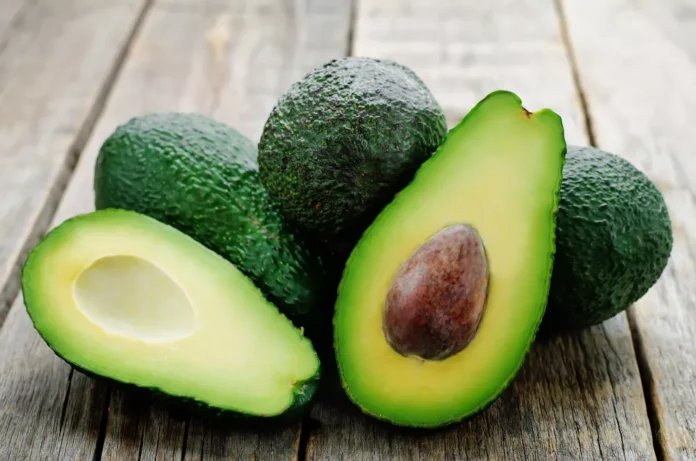Morocco’s 2025 avocado export season is off to a rough start, facing a tough combination of market saturation, falling prices, and increasing skepticism from European buyers. As the first shipments of Hass avocados head toward Europe, they’re entering a market already flooded with South American supply—leaving Moroccan producers in a difficult position.
Peru, which was expected to wind down its exports by now, is still shipping beyond its usual cutoff date, prolonging its presence in the European market. Meanwhile, Chile has ramped up its volumes significantly compared to last year. Together, these two exporters have created a prolonged surplus, making it harder for Moroccan fruit to find its footing.
The situation is even more complicated for green-skinned varieties, which have already been on shelves for several weeks. Oversupply has collided with weak consumer demand, and the impact has been especially harsh on the Ettinger variety. “Demand was low, and the export season for green-skinned varieties was simply disastrous,” said Yassin Chaib, CEO of Mavoca, a major player in Morocco’s avocado sector.
This glut has driven prices down sharply. At the start of the season, prices dropped by about 20% compared to last year—and the downward trend has only worsened, with little chance of recovery before January, a time when avocado consumption typically dips.
Beyond these market dynamics, Moroccan exporters are also grappling with eroding trust among European importers. Some producers have issued vague or exaggerated statements about crop losses, a move that has backfired. Unclear communication has raised doubts about the reliability of Moroccan sourcing, prompting several buyers to shift toward more consistent suppliers in Latin America.
Domestically, the first avocados are reaching consumers, though prices remain modest. That surface-level stability doesn’t reflect the real pressure producers are under, especially those whose yields were hit hard by extreme heat earlier in the season. For now, the export outlook remains uncertain and is largely tied to how the competitive landscape evolves over the coming weeks.
Still, industry players are cautiously optimistic about a potential rebound in the new year. The quality of the fruit is expected to improve, with a higher concentration of larger, in-demand calibers—sizes 12, 14, and 16. “We’re banking on better quality and bigger fruit to help lift prices,” Chaib explained. If weather conditions remain favorable and dry matter levels rise as anticipated, the second half of the season could bring some relief.
But the message going forward is unmistakable: in a hyper-competitive market, credibility and transparency will be just as important as the quality of the product itself.





